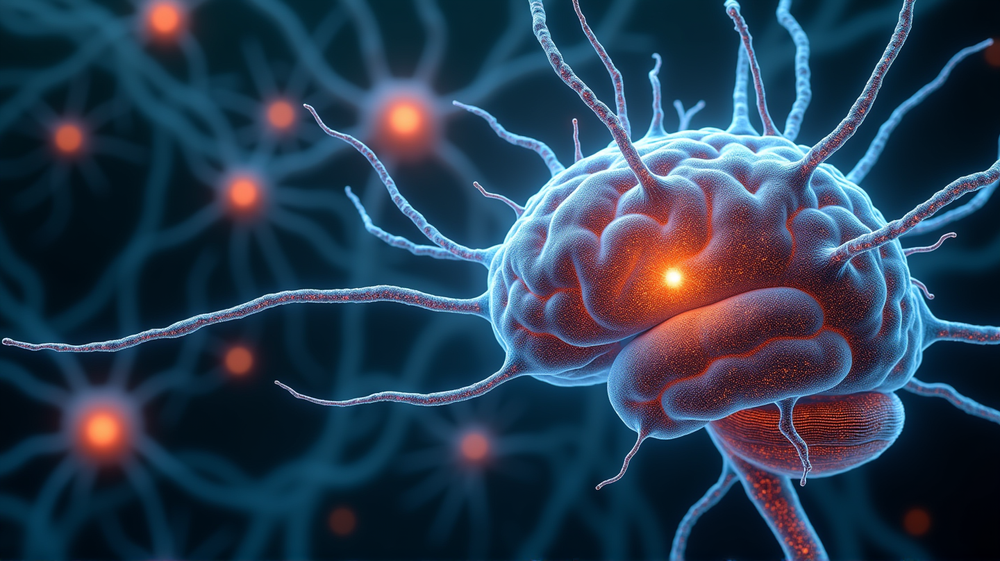Groundbreaking Understanding of Brain Cell Changes in Tourette Syndrome
A groundbreaking study has revealed insightful cellular changes in the brains of individuals with Tourette syndrome, illuminating potential avenues for innovative therapies. Researchers from Yale University, led by Dr. Flora M. Vaccarino, achieved the first comprehensive, cell-by-cell analysis of brain tissue in those affected by the disorder, marking a significant milestone in understanding this complex condition.
Mapping the Cellular Landscape
The study, published in Biological Psychiatry, uncovered the pivotal roles of different brain cells in the pathology of Tourette syndrome. By analyzing the brain tissue of individuals with severe Tourette’s, researchers identified a striking 50% reduction in interneurons in the caudate-putamen region. These specialized cells usually help regulate neuronal activity, and their decreased count likely contributes to the characteristic involuntary tics.
The Metabolic and Immune Connections
Intriguingly, the study revealed signs of metabolic stress in medium spiny neurons, known for their role in neural communication over long distances. This was accompanied by an unexpected activation of microglia, the brain’s immune cells, further linking inflammation to neuronal dysfunction. As stated in Technology Networks, these findings offer a fresh perspective on Tourette syndrome’s biological underpinnings.
Gene Expression and Regulatory Elements
Dr. Yifan Wang from the Mayo Clinic highlighted the importance of regulatory elements in gene expression that might illuminate Tourette syndrome’s development. The study suggests that improper gene activation, rather than genetic mutations, could underlie the disorder, offering new research directions that could impact Tourette treatments.
A Path Forward in Understanding
Despite Tourette syndrome’s high familial recurrence, large genetic studies have not fully explained its causes. Co-lead author Dr. Liana Fasching emphasized the necessity of examining brain tissue for cellular insights. With only a few risk genes identified thus far, this cellular approach could be crucial in unraveling the disorder’s complexity.
Renewed Hope for Therapies
Dr. John Krystal, Editor of Biological Psychiatry, noted that current treatments do not address the root causes of Tourette syndrome. This cutting-edge study provides a timely exploration of the disorder’s cellular dynamics, potentially transforming therapeutic approaches. The research community remains hopeful that these findings will spark new clinical trials to benefit those living with Tourette syndrome.
This pivotal research opens up new horizons for Tourette syndrome treatment and enhances our understanding of brain cell interactions. By dissecting the intricate dance of neurons and microglia in the brain, scientists are paving the way for breakthroughs in addressing one of the most complex psychiatric disorders.




